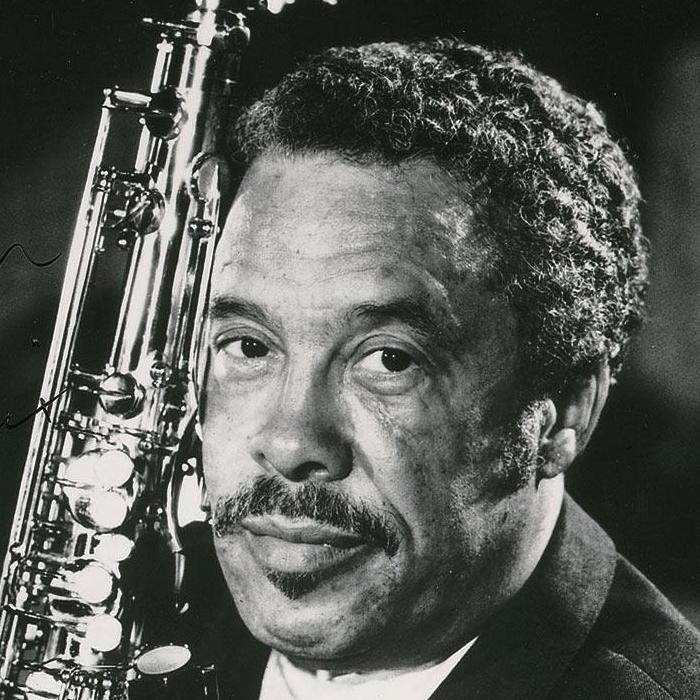Album Releases  view
view
Members
1 Male
Origin
 Chicago, Illinois, USA
Chicago, Illinois, USA
Genre
 Jazz
Jazz
Style
Jazz
Mood
---
Born
1 Male
Origin
Genre
Style
Jazz
Mood
---
Born
1928
Active ---
![]() 2008
2008
Cutout![]()
4 users
4 users
4 users
4 users
4 users
Artist Biography
Available in:
John Arnold Griffin III (April 24, 1928 – July 25, 2008) was an American bop and hard bop tenor saxophonist.
Alto saxophone was still his instrument of choice when he joined Lionel Hampton's big band three days after his high school graduation, but Hampton encouraged him to take up the tenor, playing alongside Arnett Cobb. He first appeared on a Los Angeles recording with Hampton's band in 1945 at age 17.
By mid-1947, Griffin and fellow Hampton band member Joe Morris had formed a sextet made up of local musicians, including George Freeman, where he remained for the next two years. His playing can be heard on various early Rhythm and Blues recordings for Atlantic Records. By 1951 Griffin was playing baritone saxophone in an R&B sextet led by former bandmate Arnett Cobb.
After returning to Chicago from two years in the Army, Griffin began establishing a reputation as one of the premiere saxophonists in that city. Thelonious Monk enthusiastically encouraged Orrin Keepnews of Riverside Records to sign the young tenor, but before he could act Blue Note Records had signed Griffin.
He joined Art Blakey's Jazz Messengers in 1957, and his recordings from that time include a memorable album joining together the Messengers and Thelonious Monk. Griffin then succeeded John Coltrane as a member of Monk's Five Spot quartet; he can be heard on the albums Thelonious in Action and Misterioso.
Griffin's unique style, based on an astounding technique, included a vast cannon of bebop language. He was known to quote generously from classical, opera and other musical forms. A prodigious player. he was often subjected to and victorious at "cutting session" involving a legion of tenor players, both in his hometown Chicago with the likes of Hank Mobley and Gene Ammons, and on the road. Diminutive, he was distinctive as a fashionable dresser, a good businessman, and a well-liked bandleader to other musicians.
Griffin was leader on his first Blue Note album Introducing Johnny Griffin in 1956. Also featuring Wynton Kelly on piano, Curly Russell on bass and Max Roach on drums, the recording brought Griffin critical acclaim.
A 1957 Blue Note album A Blowin' Session featured him with fellow tenor players John Coltrane and Hank Mobley. He played with Art Blakey's Jazz Messengers for a few months in 1957, and in the Thelonious Monk Sextet and Quartet (1958). During this period, he recorded a set with Clark Terry on Serenade To a Bus Seat featuring the rhythm trio of Wynton Kelly, Paul Chambers, and Philly Joe Jones.
At this stage in his career, Griffin was known as the "fastest tenor in the west", for the ease with which he could execute fast note runs with excellent intonation. Subsequent to his three albums for Blue Note, Griffin did not get along with the label's house engineer Rudy Van Gelder, he recorded for Riverside Records. From 1960 to 1962 he and Eddie "Lockjaw" Davis led their own quintet, recording several albums together.
Wide Thumb
Clearart
Fanart


Banner
User Comments
 No comments yet..
No comments yet..

















